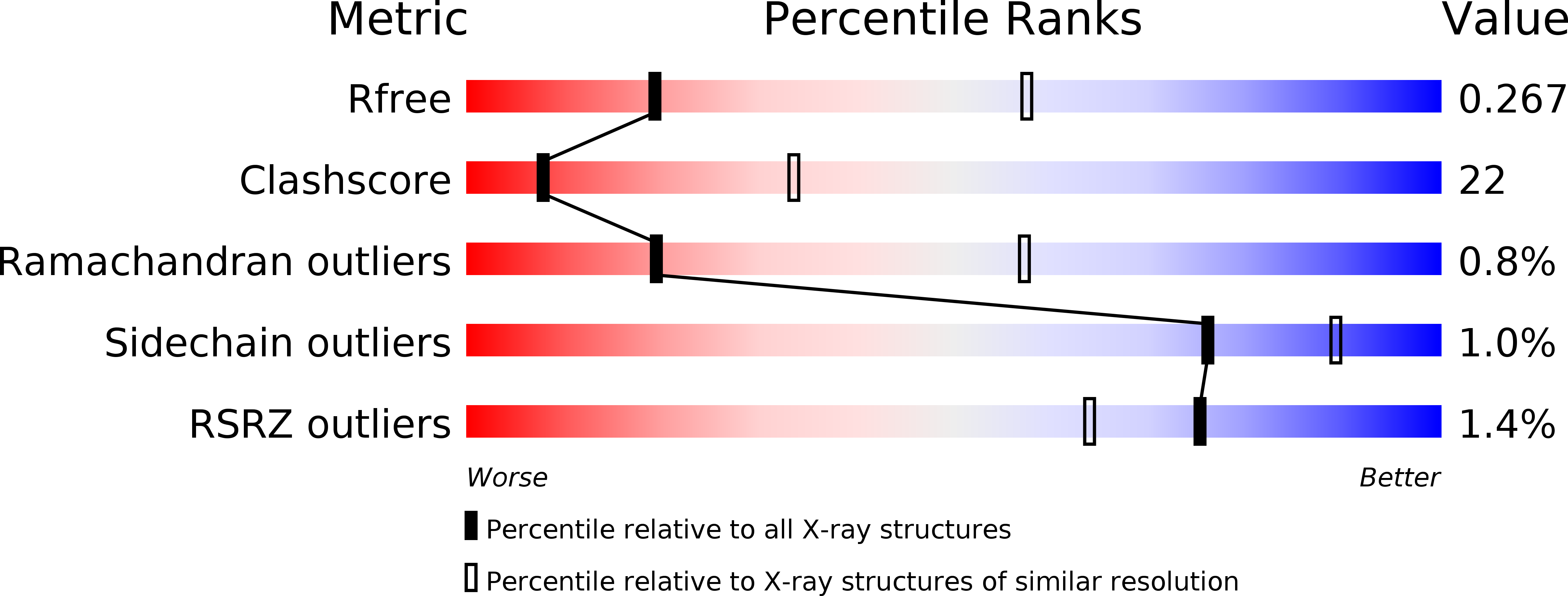
Deposition Date
2014-08-26
Release Date
2015-09-23
Last Version Date
2024-02-28
Entry Detail
PDB ID:
4R71
Keywords:
Title:
Structure of the Qbeta holoenzyme complex in the P1211 crystal form
Biological Source:
Source Organism:
Escherichia coli (Taxon ID: 83333)
Enterobacteria phage Qbeta (Taxon ID: 39803)
Enterobacteria phage Qbeta (Taxon ID: 39803)
Host Organism:
Method Details:
Experimental Method:
Resolution:
3.21 Å
R-Value Free:
0.26
R-Value Work:
0.21
R-Value Observed:
0.21
Space Group:
P 1 21 1


